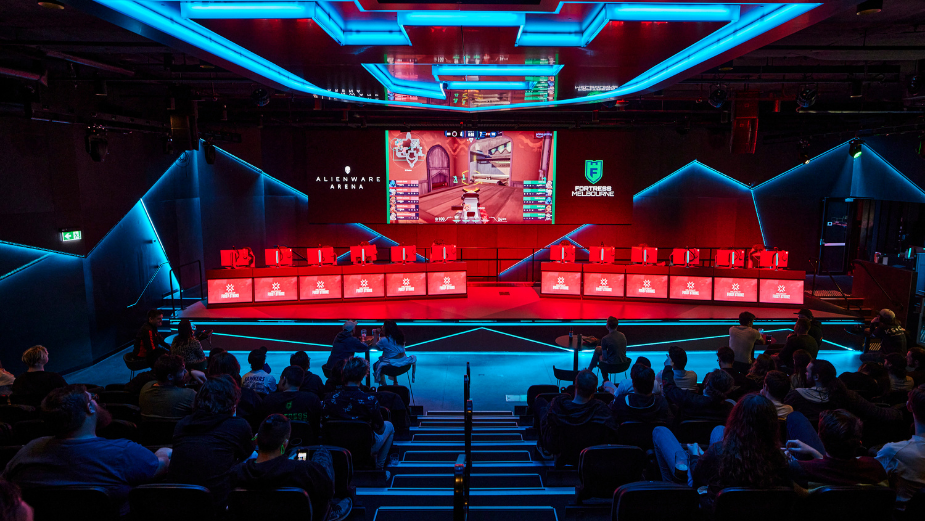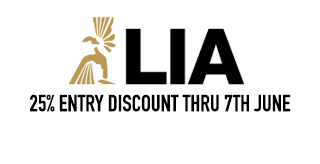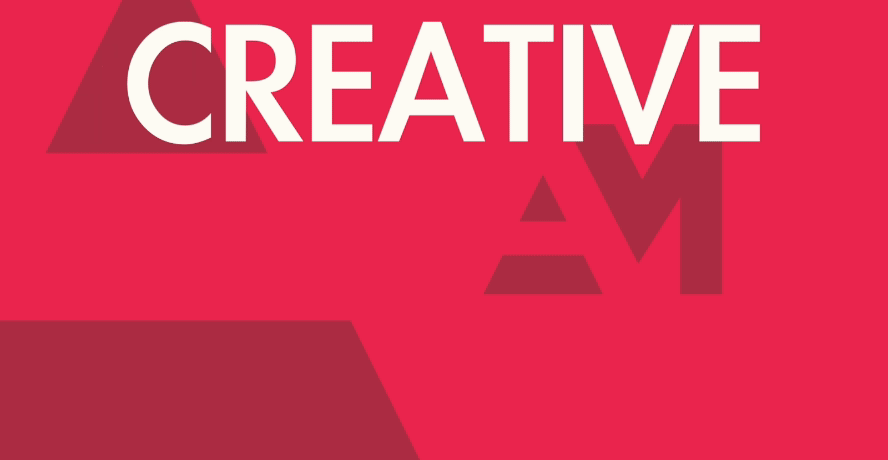
Gaming and Marketing: The State of Play

At this point, it’s become cliché to point out the enormous size of the video game industry. Digging into precisely how large the sector has become, however, remains noteworthy. It doesn’t take much to understand why brands and marketers are investing ever more seriously and heavily into the medium.
Consider the tech giant Microsoft’s acquisition of Bethesda earlier this year. Bethesda, for their part, is the developer and publisher of hit games such as 'The Elder Scrolls', 'Doom', and 'Fallout'. The deal to bring them under Microsoft’s umbrella cost around USD$7.5 billion. By contrast, Disney’s purchase of Lucasfilm - the owners and creators of 'Star Wars' - cost roughly USD$4 billion. Gaming, it seems, isn’t playing around.
It’s therefore no surprise that marketers are wondering how best to maximise the potential of these typically engaged and enthusiastic audiences. Five by Five Global, the independent creative agency, works with clients across the industry including computing giant Lenovo, Red Bull, Fortress Melbourne (the largest video gaming and esports entertainment venue in the southern hemisphere), and the graphics card manufacturer Gigabyte. To find out how marketers are best navigating the gaming space, we spoke with Five by Five’s Stacia Grooby.
- Above: A gallery of images from Fortress Melbourne, the largest gaming and esports venue in the southern hemisphere.
A Sporting Chance
Whenever the subject of gaming and marketing crops up, the conversation inevitably turns toward esports. esport events such as 'Fortnite', 'FIFA', and 'Starcraft' are viewed by huge TV and streaming audiences worldwide, and mainstream publications such as The Economist are calling for video games to become an officially recognised Olympic sport. The esports market is projected to be worth $2 billion by 2022, with sponsorships and advertising set to make a large contribution.
For Stacia Grooby, the appeal for marketers is obvious: “You clearly have an enormous, engaged, and rapidly growing audience here”, she explains. “The best thing you can do in order to make the right kind of impact, however, is immerse yourself in the culture and ensure you understand these kinds of events”.
The link between esports and more ‘traditional’ sports does exist, says Stacia, but savvy marketers will understand that their potential can go even further. “There are similarities to more traditional sporting events like merchandise, having stalls around the stadium, half time shows and that sort of thing”, she notes. “However, the thing to keep in mind is that you’re talking pretty much exclusively to digital natives through esports. That means we can reliably use phone applications which run concurrently with live games and you can get more integration into broadcasts and streams. There is a lot of open space for brands with the right strategies”.
And at the same time, there are ways in which more established sports are incorporating video games into their own marketing and communications. 'Fantasy Premier League' (FPL), for example, is a game in which players can create a team using real-world footballers, which then faces off in leagues against their friends with winners determined by the live performances of each player. FPL boasts seven million players, and has developed a vast social media presence and culture.
But what of those brands which don’t immerse themselves in that culture before launching campaigns? “It’s probably true to say that some marketers might be intimidated by esports because it tends to have its own culture”, says Stacia. “But that’s not so far apart from sports as we already know them. Would you speak to a football-watching audience in exactly the same way as one which is more passionate about cricket? I don’t think so. And this is really no different from that, you just have to ensure you understand the nuances and culture of the community."
A Change of Pace
Opportunities for marketers in the gaming space, however, don’t begin and end with esports. Arguably the most culturally significant game of 2020, 'Animal Crossing' for the Nintendo Switch, is about as far away from the fast-paced and hectic action of traditional esports events as it is possible to be. In 'Animal Crossing', players create and tend to their own islands and communities of adorable animal characters, whilst visiting those of their friends and generally relaxing in the laid-back game world Nintendo has developed.
“What’s been so interesting about 'Animal Crossing'”, notes Stacia, “is the diversity of engagement we’ve seen from brands. Whether it be a well-loved brand of mayonnaise or the president-elect of the United States, we’ve seen a countless number of ideas and activations taking place in the game world which have engaged fans. It’s a testament to what can be achieved when you take the time to understand this medium and think outside the box of more traditional communication methods”.
Beyond 'Animal Crossing', there are countless ways in which video games are impacting brand communications. “One example I always think of is Burberry”, says Stacia, “who ‘gamified’ the homepage of their website in order to keep viewers logged on for longer. So when it comes to gaming, the sky's the limit for new ideas."
Another common activation in the gaming space tends to involve influencers. For marketers who may not be so familiar with gaming audiences and culture, working with influencers can be an appealing way of bridging the divide. “Again, I would urge marketers to think outside the box”, says Stacia. “It’s possible to tap into huge audiences with influencers, especially if you’re willing to be imaginative. At Five by Five for example, we’ve started working with a fitness influencer for gaming. Influencers cover a huge space, and it doesn’t just have to be reserved exclusively for gaming influencers - you’ll be surprised how many people you can reach”.
- Above: Gigabyte Technology recruited Australian DJ Timmy Trumpet to showcase its latests AORUS motherboards.
Shifting Audiences
The key for marketers looking to make an impact in the gaming space, then, is taking the effort to understand your audience.
“Gaming is an enormously broad demographic now, to the extent that identifying ‘gamers’ as a group of people is not helpful or precise”, argues Stacia. “The average age of a gamer is 34 - but that includes anyone from a kid blasting away his mates on 'Fortnite' to his Gran whiling away the hours on 'Candy Crush'. Totally different people! So make sure you know why you want to get involved in the gaming space, and that you know who you’re trying to speak to”.
To that point, Stacia provides another key insight: “One of the most important things to know is that there are a huge number of ‘gamers’ out there who would not self-identify as ‘gamers’. The aforementioned Gran on 'Candy Crush', for example - we might describe her as a ‘gamer’ for the purposes of a communications strategy but she likely wouldn’t use the term herself. The same goes for a lot of people who just play 'FIFA', 'Madden' or 'Call of Duty'. They often wouldn’t describe themselves as ‘gamers’ in any cultural sense. So this gets to the heart of the point about understanding the culture and knowing precisely what you want to achieve and who you want to speak to going in. ‘Gamers’ are not a monolithic block of people - in fact, it’s hard to think of a more culturally diverse demographic."
All the World’s a Stage
As time goes by, gaming is becoming more and more of an established cultural medium, and a stage for self-expression on the part of artists, developers, and gamers alike.
“I’d wholeheartedly recommend any brand exploring how they can make the most of the gaming space”, says Stacia. “There are so many possibilities that it’s hard to think of a brand which wouldn’t stand to benefit. The only price of entry is making sure that you’ve taken the time to understand the cultural landscape. Get that right, and you’ll be playing to win."
- Stacia Grooby is an account director at Five by Five Global













